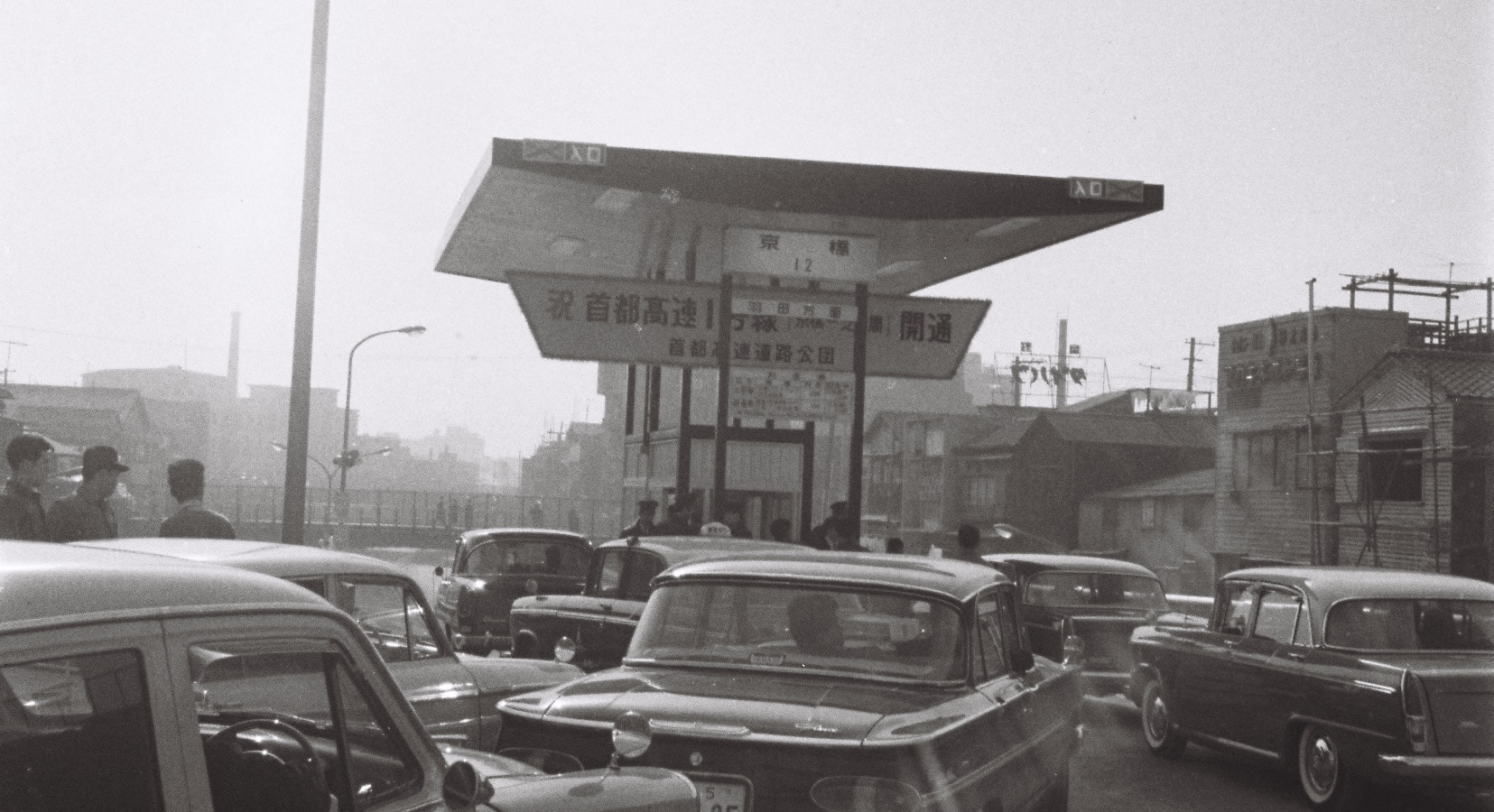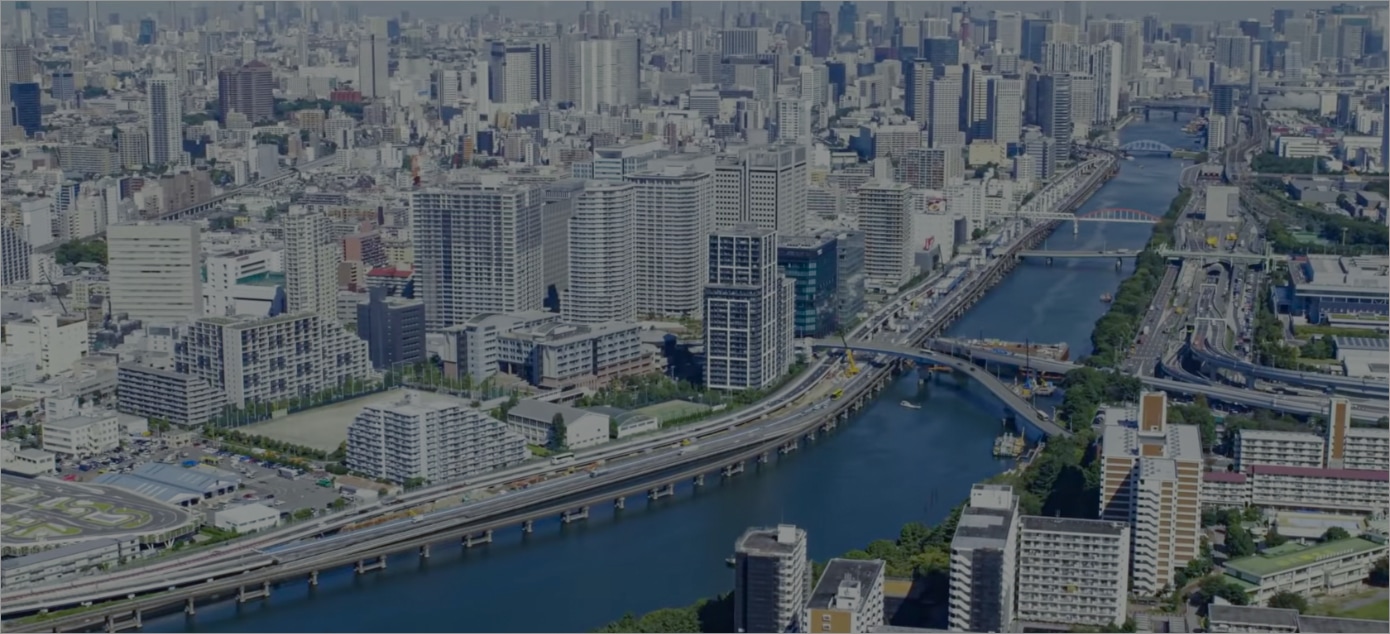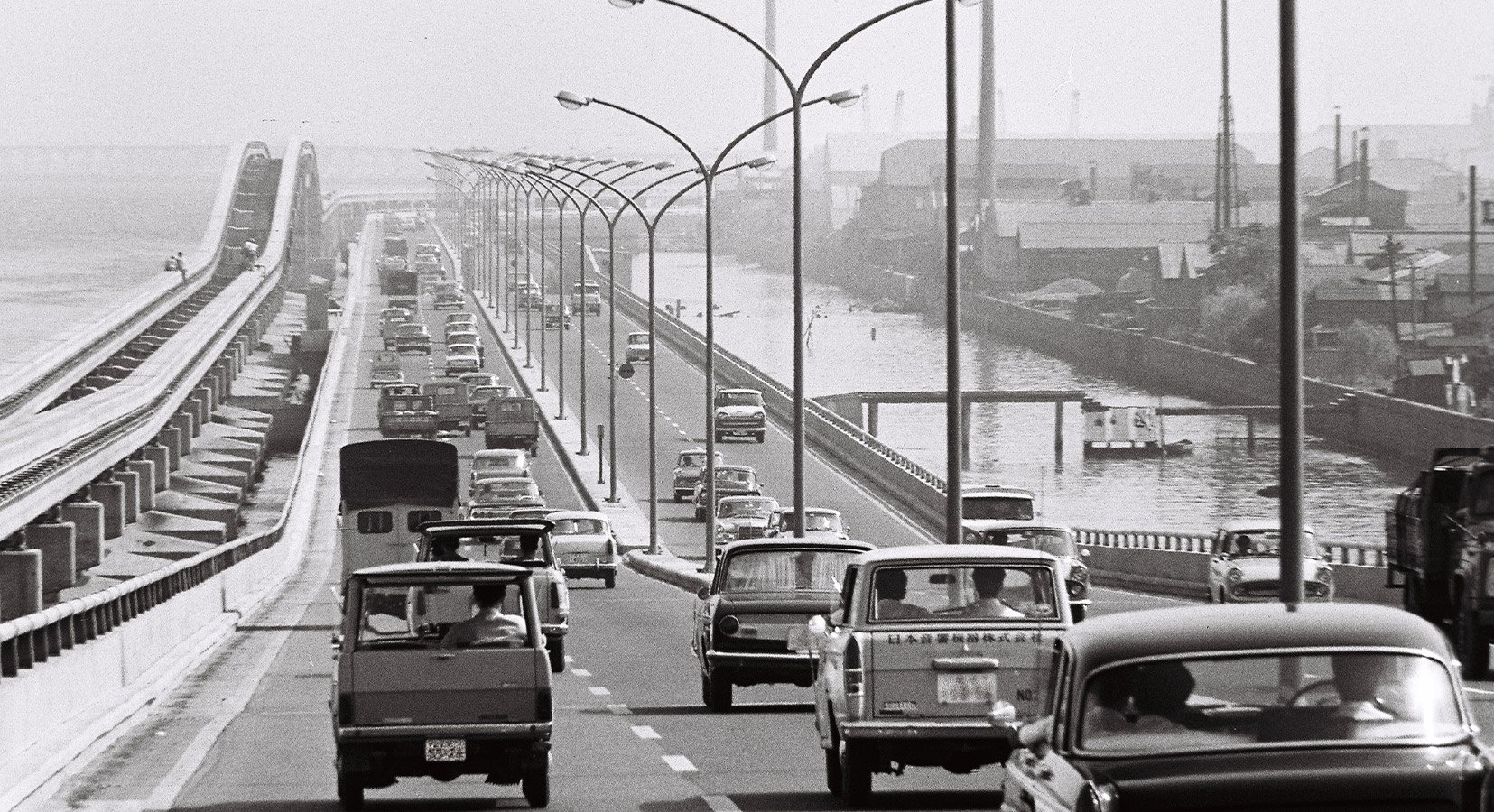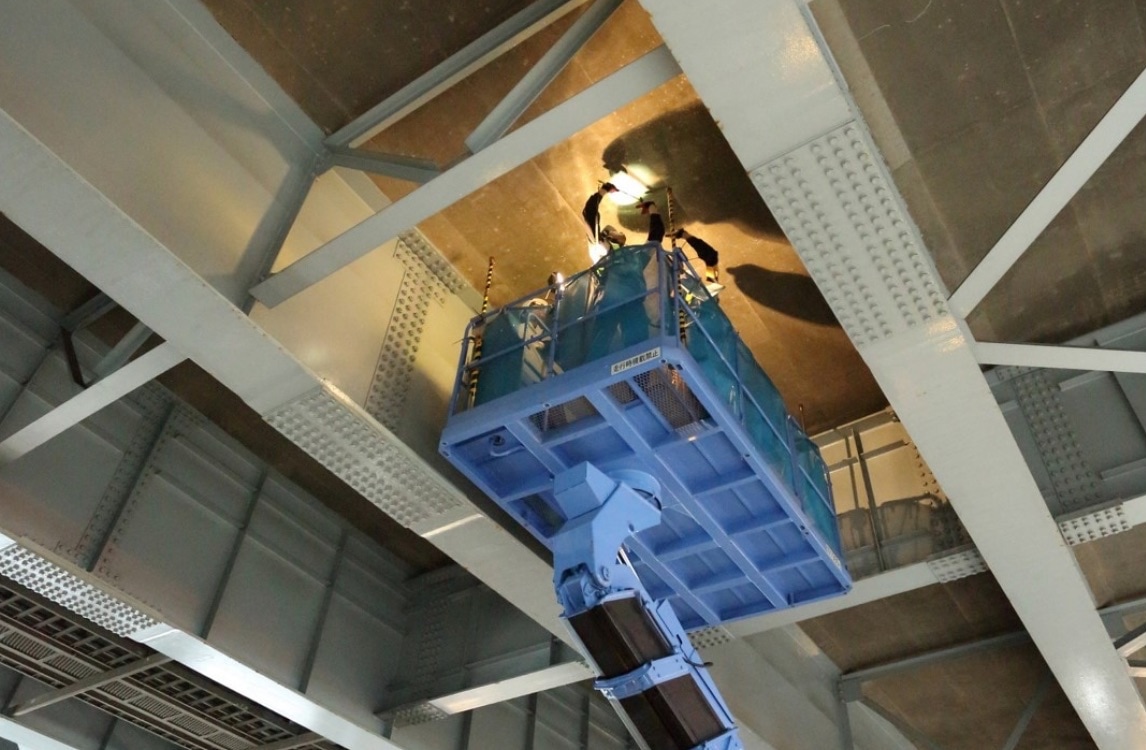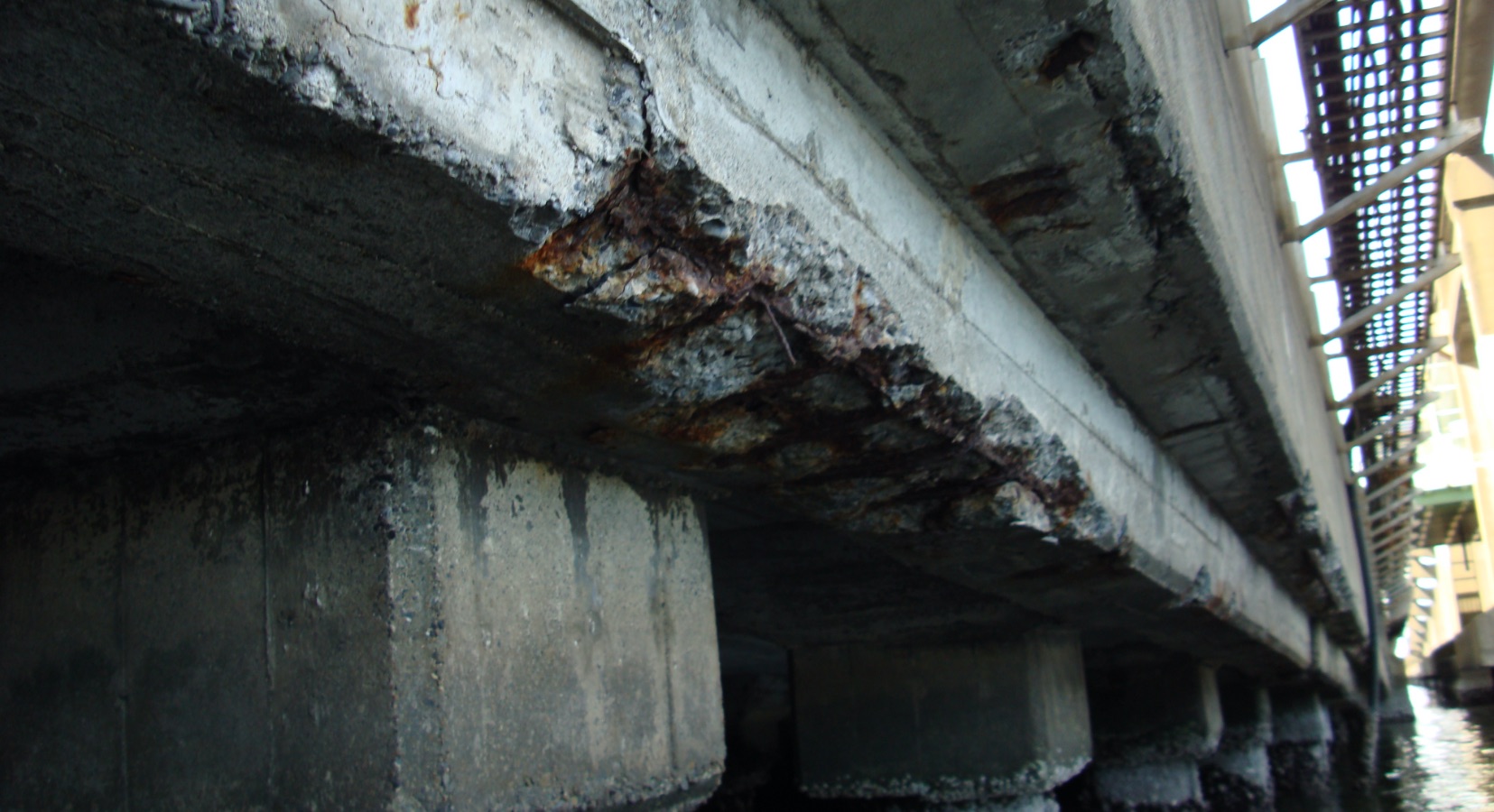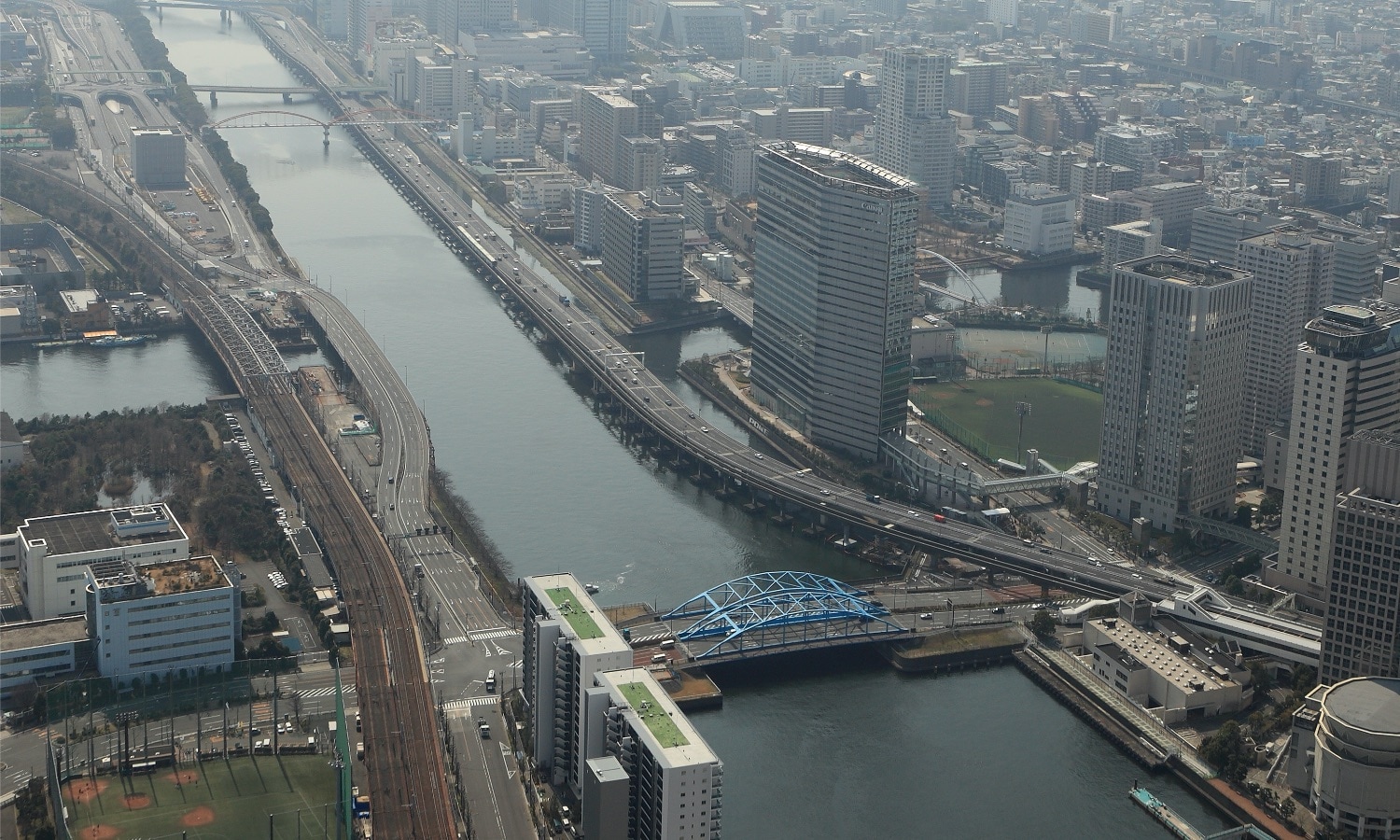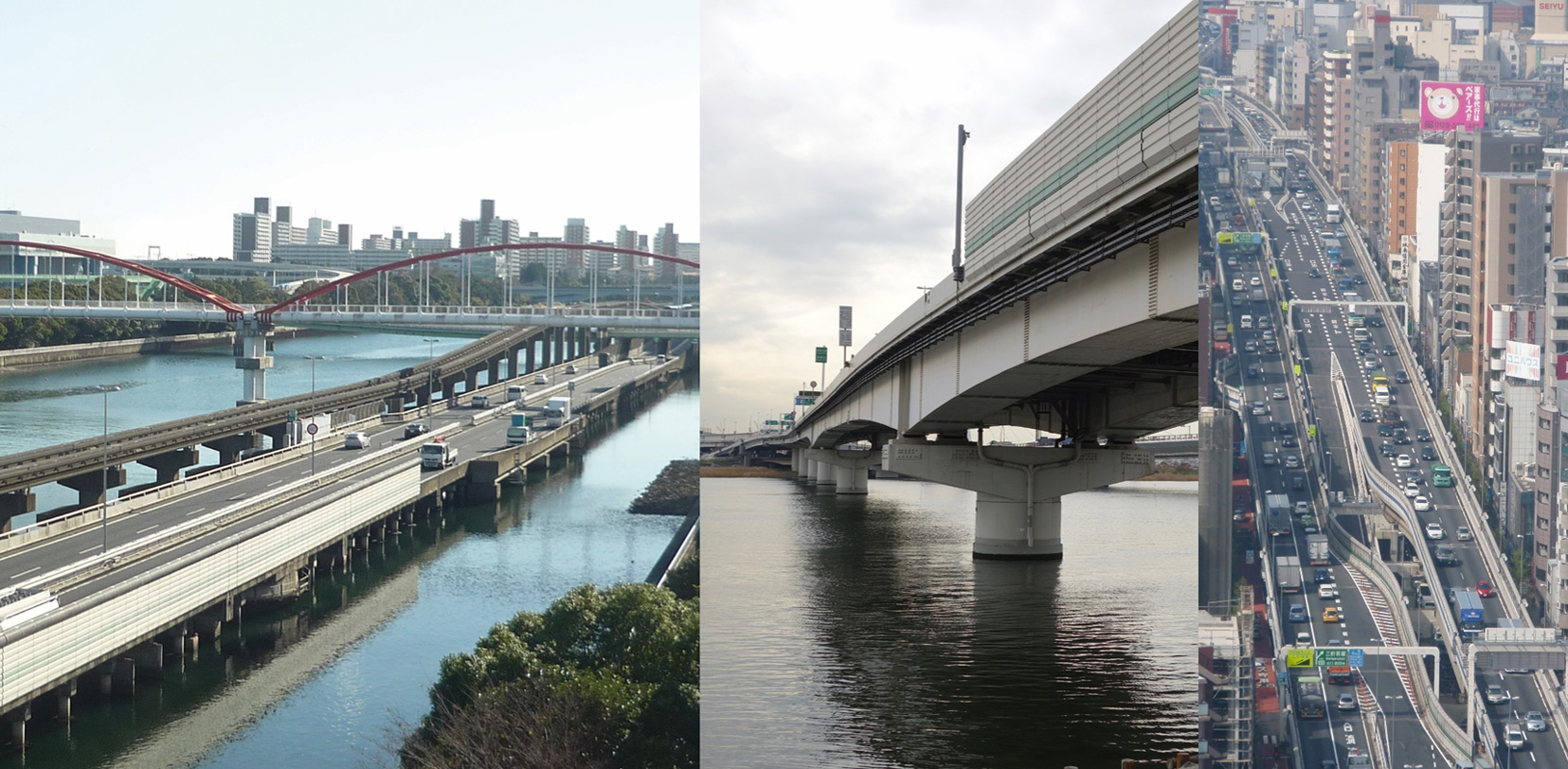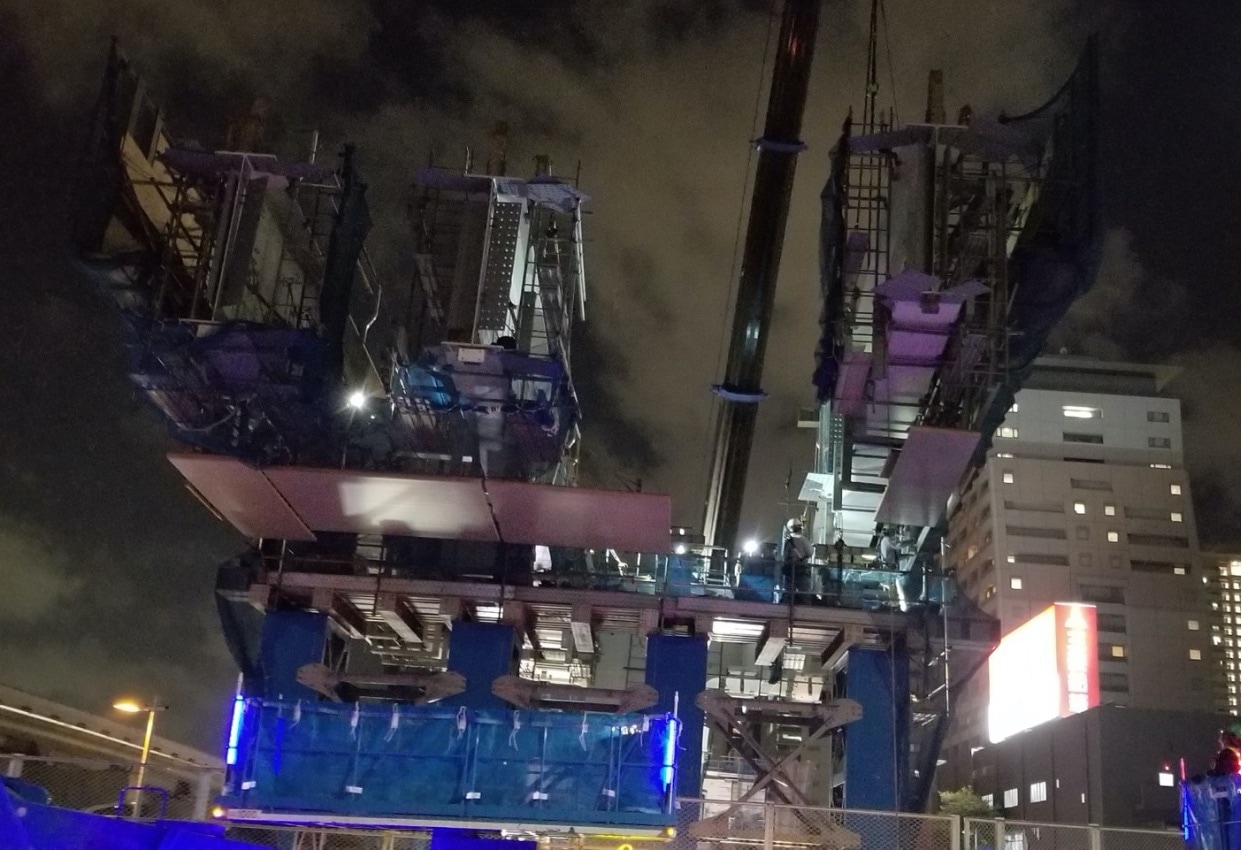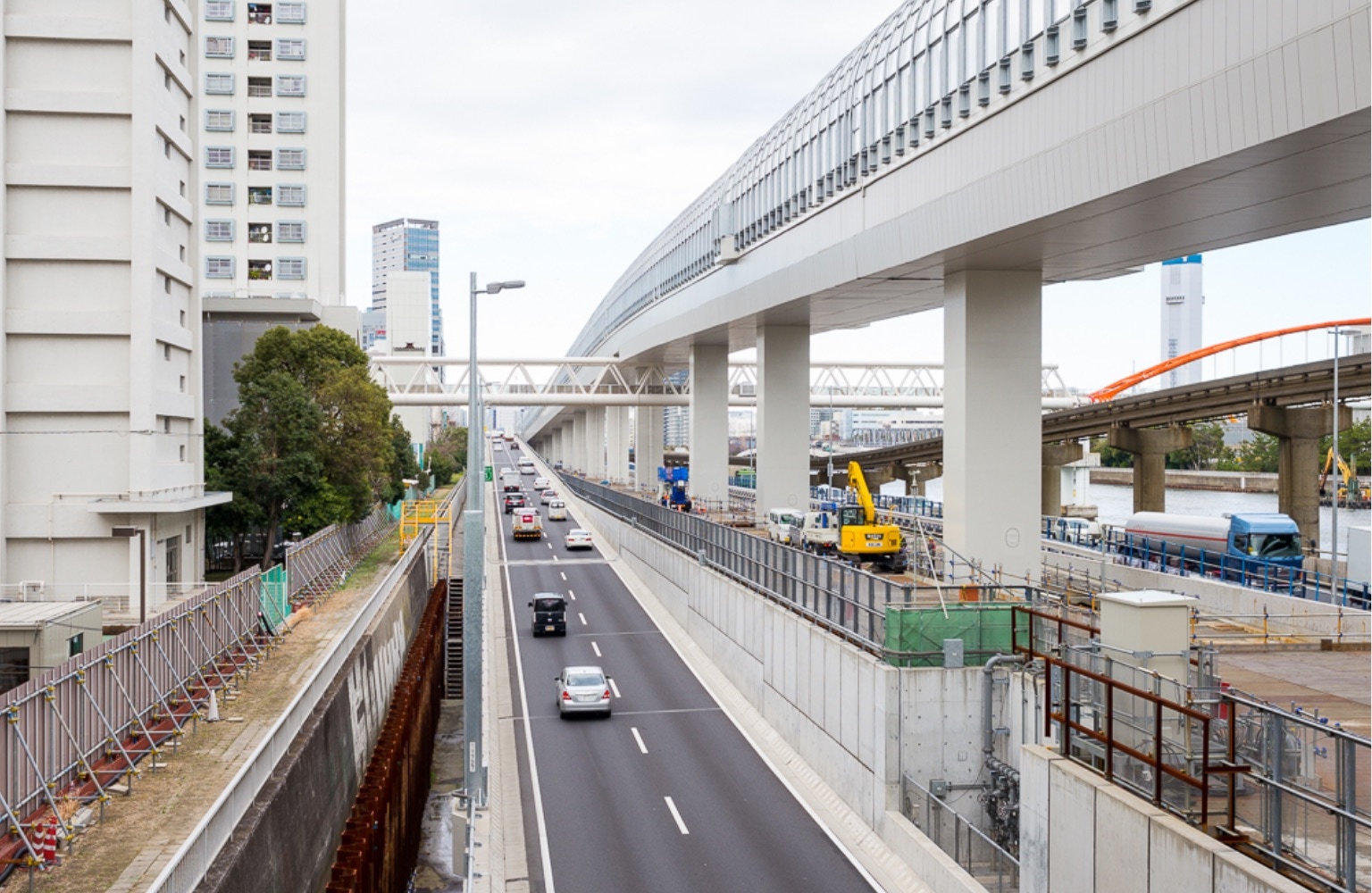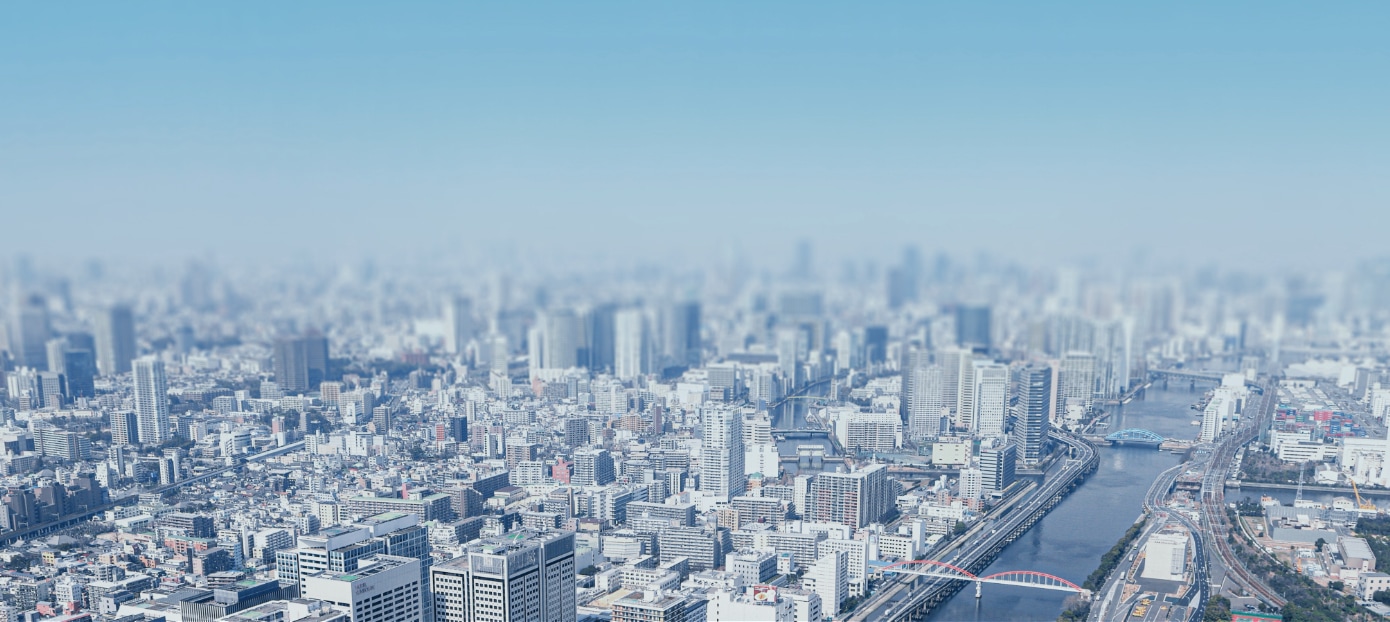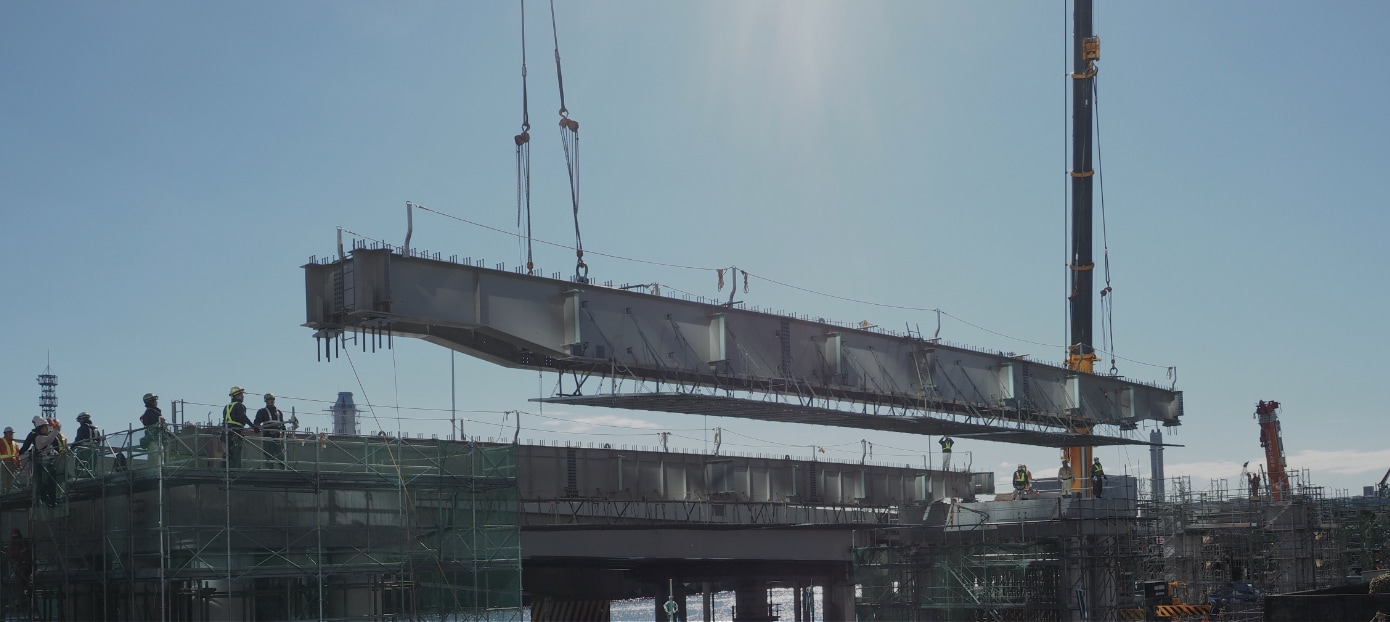As the traffic volume increased, networking of suburbs and the interurban was enhanced with the development of radial routes, including the Shibuya line heading to the suburbs from the inner circular route, the connection with interurban expressways, including Tomei Expressway, and the development of networks, including central circular route also represented by the Yamate Tunnel. As a result, the daily traffic volume became about 1 million vehicles on about 327 km-long Metropolitan Expressway. (As of March 2020)
The Metropolitan Expressway is constructed using public spaces such as roads and rivers in an already developed city.
Most parts of the route are constructed using viaducts and tunnels.
These structures are constantly inspected and repaired to provide safe, secure, and smooth traffic flow.
